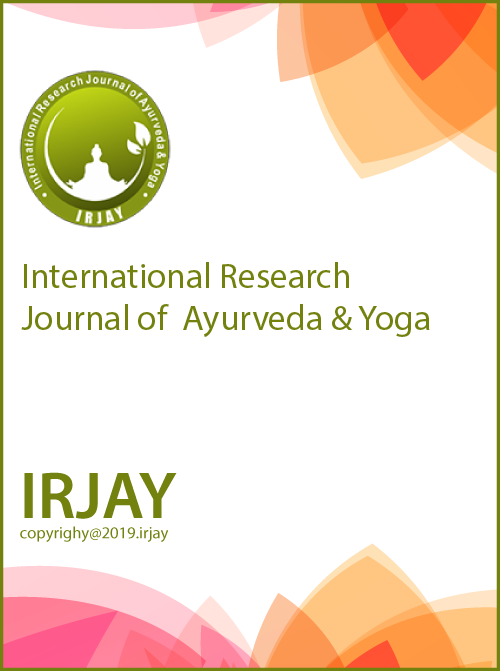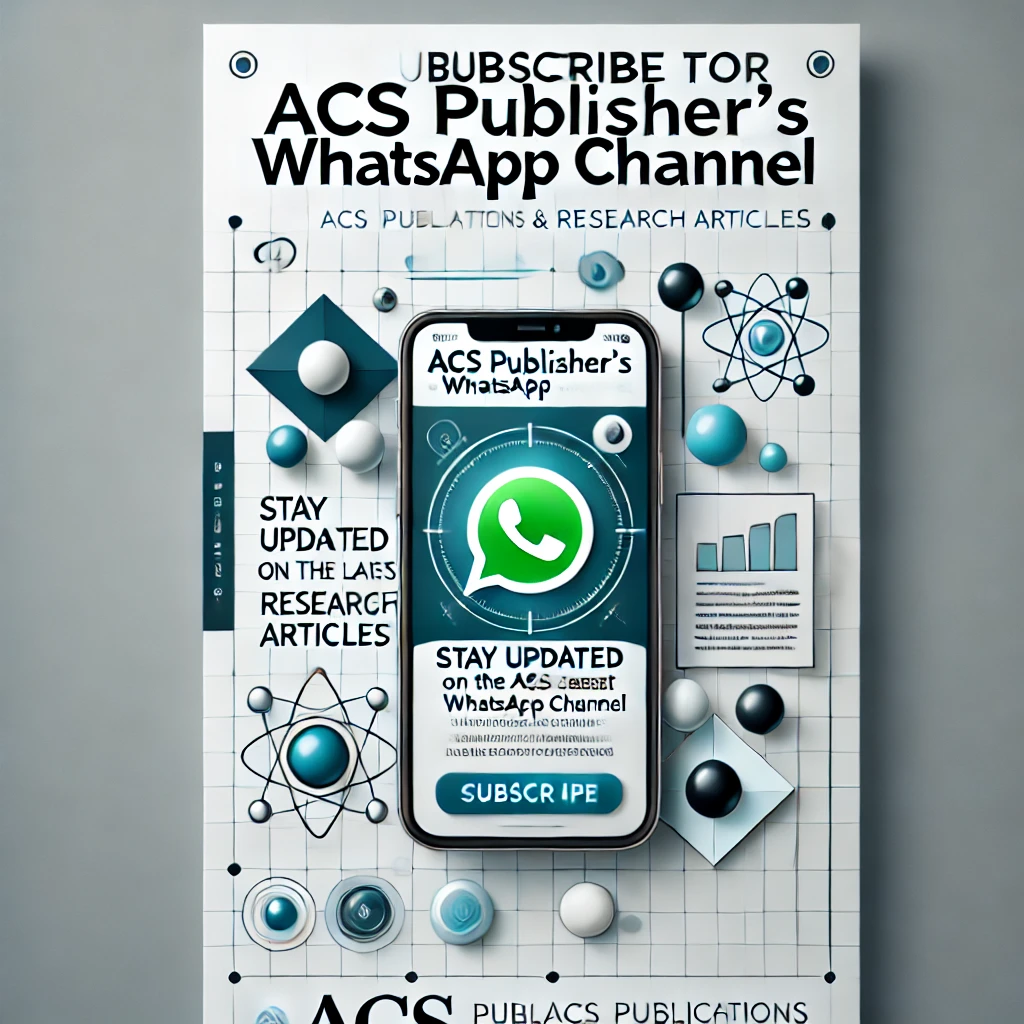Critical analysis of the Concept of Hitayu
DOI:
https://doi.org/10.48165/IRJAY.2025.80106Keywords:
Ayu, Hitayu, Social wellbeing, Spiritual wellbeing, SwasthyaAbstract
Introduction: Ayurveda emphasizes holistic health, considering physical, mental, sensory, and spiritual balance, with practices such as dinacharya, ritucharya and rasayana promoting long, disease-free life. Acharya Charaka describes four types of life - hitayu, ahitayu, sukhayu, and dukhayu which deals various shades of one’s life on the view of physical, mental, social, and spiritual aspects of wellbeing. Materials and Methods: A comprehensive review of existing literature was conducted. In addition, journals and articles were reviewed. Observation and Discussion: Hita in Ayurveda focuses on actions and practices that nourish and support life, promoting longevity and well-being. Hitayu is closely related to sadvritta, ethical behavior that supports holistic health, and includes principles such as compassion, truthfulness, and self-discipline. It also connects with achara rasayana, which incorporates daily conduct and practices such as mindfulness, positive relationships, and self-care to promote overall health. Social, spiritual, and mental well-being are integral to hitayu, with an emphasis on kindness, honesty, and mindful decision making, all contributing to a balanced and harmonious life. Features of hitayu can be classified into eight domains. Conclusion: An analysis of the features of hitayu reveals that it describes the aspects of social, spiritual, and mental well-being of a person by outlining its lakshanas, more to the social and spiritual wellbeing of people. Hitayu can be considered the best standard for understanding social and spiritual health in Ayurveda and it can be taken as basis for measuring them.
Downloads
References
Trikamji Y. Susruta samhita of susruta (Nibanda sangraha, dalhana, comme, Sanskṛit). Varanasi: Chaukhambha Sanskrit Sansthan; 2013. p. 75.
Sharma AS, Bhagat V. Tools and strategies for longevity of life. In: Proceeding of international conferences sthavir; 2021. p. 22-6. 3. Trikamji Y. Caraka saṃhitha of agnivesa (Ayurveda Deepika, Chakrapanidatta, comme, Sanskṛit). Varanasi: Chaukhambha Sanskrit Sansthan; 2013. p. 8.
Trikamji Y. Caraka saṃhitha of agnivesa (Ayurveda Deepika, Chakrapanidatta, comme, Sanskṛit). Varanasi: Chaukhambha Sanskrit Sansthan; 2013. p. 187.
Trikamji Y. Caraka saṃhitha of agnivesa (Ayurveda Deepika,
Chakrapanidatta, comme, Sanskṛit). Varanasi: Chaukhambha Sanskrit Sansthan; 2013. p. 287.
Trikamji Y. Caraka saṃhitha of agnivesa (Ayurveda Deepika Chakrapanidatta, comme, Sanskṛit). Varanasi: Chaukhambha Sanskrit Sansthan; 2013. p. 290.
Trikamji Y. Caraka saṃhitha of agnivesa (Ayurveda Deepika, Chakrapanidatta, comme, Sanskṛit). Varanasi: Chaukhambha Sanskrit Sansthan; 2013. p. 57.
Trikamji Y. Agnivesa caraka saṃhitha of agnivesa (Ayurveda Deepika, Chakrapanidatta, comme, Sanskṛit). Varanasi: Chaukhambha Sanskrit Sansthan; 2013. p. 288.
Trikamji Y. Caraka saṃhitha of agnivesa (Ayurveda Deepika, Chakrapanidatta, comme, Sanskṛit). Varanasi: Chaukhambha Sanskrit Sansthan; 2013. p. 186.
Paradkar H. Aṣhtangahṛdaya of vagbhata (Sarvangasundara and ayurvedarasayana comme, Sanskṛit). Varanasi: Chaukhambha Orientalia; 2020. p. 4.
Kumari MW, Kumar B. The concept of the assortment of lifespan in ayurveda. In: Proceeding of national seminar vaya and ayu; 2012. 12. Sharma RK, Dash B. Charaka samhita sutrasthana. Varanasi: Chowkhambha Sanskrit Series Office; 2011. p. 599.
Monier Williams M. A Sanskrit English dictionary. New Delhi: Motilal Banarsidass Publishers Private Limited; 2002. p. 1297. 14. Paradkar H. Aṣhtangahṛdaya of vagbhata (Sarvangasundara and
ayurvedarasayana comme, Sanskṛit). Varanasi: Chaukhambha Orientalia; 2020. p. 34.
Paradkar H. Aṣhtangahṛdaya of vagbhata (Sarvangasundara and ayurvedarasayana comme, Sanskṛit). Varanasi: Chaukhambha Orientalia; 2020. p. 29.
Trikamji Y. Caraka saṃhitha of agnivesa (Ayurveda Deepika, Chakrapanidatta, comme, Sanskṛit). Varanasi: Chaukhambha Sanskrit Sansthan; 2013. p. 388.
Shriwas HK, Harzpal LC, Chandrakar R. Achara Rasayana and its clinical importance in the present scenario. D Y Patil J Health Sci. 2021;9(1):27-32.
Park K. Park’s Textbook of preventive and social medicine. 25th ed. Jabalpur: M/S Banarasidas Bhanot; 2019. p. 14.
Eberst RM. Defining health: A multidimensional model. J Sch Health. 1984;54(3):99-104.

